Blue cobalt cichlid - Maylandia callainos
Scientific name: Maylandia callainos
Common name: Blue cobalt cichlid
Family: Cichlidae
Usual size in fish tanks: 6 - 8 cm (2.36 - 3.15 inch)
014
Recommended pH range for the species: 7 - 8.4
Recommended water hardness (dGH): 10 - 26°N (178.57 - 464.29ppm)
0°C 32°F30°C 86°F
Recommended temperature: 23 - 25 °C (73.4 - 77°F)
The way how these fish reproduce: Spawning
Where the species comes from: Africa
Temperament to its own species: peaceful
Temperament toward other fish species: aggressive/territorial
Usual place in the tank: Middle levels
Origin
Africa; Blue cobalt cichlids are endemic to Lake Malawi. They inhabit the rocky areas using the crevices for hiding places and potential spawning sites.
Lifespan
The expected life span for Maylandia callainos is 5 years.
Short description
Maylandia callainos are on of the more peaceful species of Malawi cichlids but plenty of rock work should still be added to the tank to provide hiding places. They will display signs of aggression at times, this is heightened when the males are in spawning mode so to help out with this make sure that the aquarium has a large enough colony to disperse the aggression and always house several females compared to the number of males. If plenty of hiding places are added via the rock work then this will give the chance for the females to hide away and escape the attention of the males when they need to. Use sand for the substrate and make sure that the water is well oxygenated. Careful positioning of the outlet pipes from the filtration system will aid this.
Food and feeding
Blue cobalt cichlids require a diet high in vegetable content, use quality flake and pellets for the staple diet, the addition of spirulina flake will also benefit these fish. For treats, the addition of brine shrimp and blood worms to the tank will also benefit them.
Sexing
Females may be slightly duller than the males with their body colouration, this can sometimes be difficult to see. Males may also display egg spots on their anal fins but females may also at times so this cannot be a guaranteed way of sexing the fish.
Breeding
It is best to house at least one male with three females to spread out the aggression. The female will lay her eggs on a flat rock and then scoop them into her mouth. She will then follow the male until he releases the sperm for fertilisation. The eggs spots are displayed by the male to fool the female into thinking that she is gathering more eggs, this is when the male releases the sperm and fertilisation will be completed. When brooding the eggs, the female may hide away a lot and she will not eat, care should be taken not to stress the female as she could spit out the eggs and consume them before they are due to be released. The mouth brooding will last for 3 weeks before the fry are released, they can then be fed on newly hatched brine shrimp. To gain a higher success rate it may be wise to move the fry into a growing on tank before adding them back to the colony when they are large enough not to be seen as food by the adult fish.
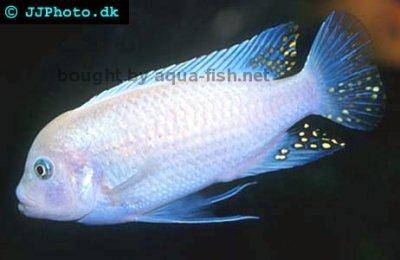

 Thread-finned
Thread-finned  Acara
Acara  Yellow
Yellow 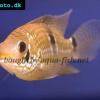 Aequidens
Aequidens  Blue
Blue  Green
Green  Acara
Acara  White
White  Compressed
Compressed  Pastel
Pastel 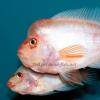 Midas
Midas  Red
Red  Bluemouth
Bluemouth 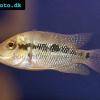 False
False  African
African  Agassiz's
Agassiz's  Banded
Banded  Yellow
Yellow  Cockatoo
Cockatoo  Blue
Blue  Blackstripe
Blackstripe  Highfin
Highfin 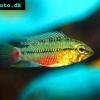 Redstripe
Redstripe  Threadfinned
Threadfinned  Macmaster’s
Macmaster’s 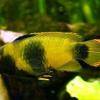 Panda
Panda 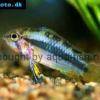 Norbert’s
Norbert’s  Blue
Blue 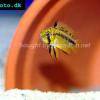 Thin-line
Thin-line 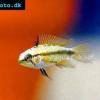 Three-striped
Three-striped 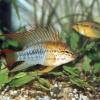 Viejita
Viejita  Flier
Flier  Archocentrus
Archocentrus  Convict
Convict  Seven
Seven 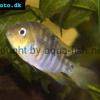 Blue-eye
Blue-eye  Spiny
Spiny  Oscar
Oscar  Sunshine
Sunshine  Chitande
Chitande  Firebird
Firebird  Midnight
Midnight 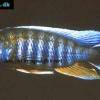 Lake
Lake 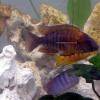 Sunshine
Sunshine 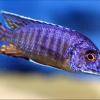 Aulonocara
Aulonocara 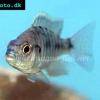 Nyasa
Nyasa  Ruby
Ruby  Grants
Grants  Aulonocranus
Aulonocranus 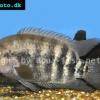 Chameleon
Chameleon 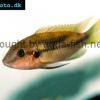 Benitochromis
Benitochromis  Orinoco
Orinoco  Yellow
Yellow  Brichard’s
Brichard’s  Guenther’s
Guenther’s  Cichla
Cichla  Peacock
Peacock  Chiseltooth
Chiseltooth 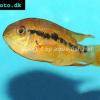 Bolivian
Bolivian 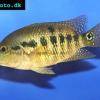 Red
Red 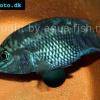 Many-pointed
Many-pointed  Jack
Jack  Red
Red 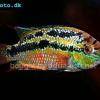 Yellow
Yellow  Three
Three 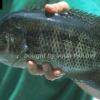 Mayan
Mayan  Keyhole
Keyhole  Azureus
Azureus  Red
Red 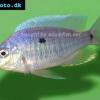 Jackson’s
Jackson’s  Crenicichla
Crenicichla  Honduran
Honduran  Afra
Afra  Frontosa
Frontosa  Slender
Slender 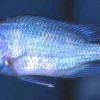 Malawi
Malawi  Chequerboard
Chequerboard 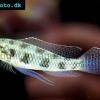 Checkerboard
Checkerboard  Malawi
Malawi 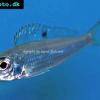 Ectodus
Ectodus  Tanganyika
Tanganyika  Canara
Canara 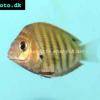 Green
Green 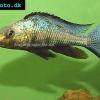 Rostratus
Rostratus 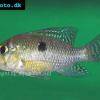 Pearl
Pearl  Geophagus
Geophagus  Yellowhump
Yellowhump  Suriname
Suriname 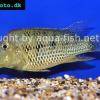 Redhump
Redhump  Red
Red 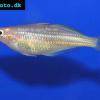 Dority’s
Dority’s  Argentine
Argentine  Burton’s
Burton’s  Victoria
Victoria 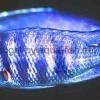 Haplochromis
Haplochromis 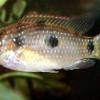 Jewel
Jewel  Banded
Banded  Lifalili
Lifalili 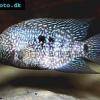 Lowland
Lowland 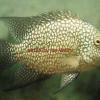 Texas
Texas  Pantano
Pantano  Severum
Severum  Banded
Banded  Severum
Severum  Rainbow
Rainbow 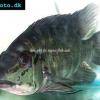 Parrot
Parrot  Chocolate
Chocolate  Brown
Brown  Marlieri
Marlieri  Golden
Golden  Striped
Striped  Masked
Masked 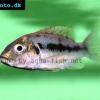 Konye
Konye  Blue
Blue  Trewavas
Trewavas  Electric
Electric  Dwarf
Dwarf  Redbreast
Redbreast  Lamprologus
Lamprologus  Gold
Gold 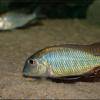 Greenface
Greenface  Aurora
Aurora  William’s
William’s  Zebra
Zebra 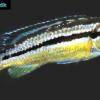 Malawi
Malawi  Blue
Blue 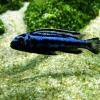 Blue
Blue  Mbuna
Mbuna  Parallel
Parallel  Purple
Purple  Flag
Flag  Bolivian
Bolivian  Ram
Ram  Basket
Basket  Haitian
Haitian  Zebra
Zebra  Striped
Striped 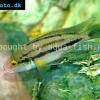 Neolamprologus
Neolamprologus  Brevis
Brevis  Fairy
Fairy  Neolamprologus
Neolamprologus 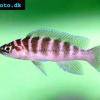 Cylindricus
Cylindricus  Hecq’s
Hecq’s  Neolamprologus
Neolamprologus  Lemon
Lemon  Mustax
Mustax  Daffodil
Daffodil  Six-bar
Six-bar 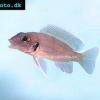 Five-bar
Five-bar  Marbled
Marbled 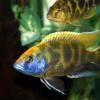 Giraffe
Giraffe  Blue
Blue  Sulphurhead
Sulphurhead  Wolf
Wolf  Jaguar
Jaguar  Blue
Blue  Marakeli
Marakeli  Madagascar
Madagascar 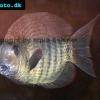 Pinstripe
Pinstripe  Pelmatochromis
Pelmatochromis  Kribensis
Kribensis 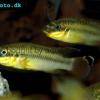 Striped
Striped  Red
Red 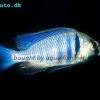 Deepwater
Deepwater  Fenestratus
Fenestratus  Nichols’
Nichols’  Southern
Southern 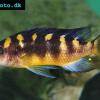 Bumble
Bumble  Demason’s
Demason’s  Slender
Slender  Red
Red  Mbuna
Mbuna  Malawi
Malawi  Kenyi
Kenyi  Powder
Powder  Altum
Altum  Angelfish
Angelfish  Angelfish
Angelfish  East
East 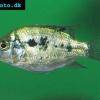 Juba
Juba  Earth
Earth  Electric
Electric  Azure
Azure  Lionhead
Lionhead  Discus
Discus  Blue
Blue 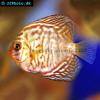 Zebra
Zebra  Red
Red  Brichard’s
Brichard’s  Blue
Blue  Firemouth
Firemouth  Zebra
Zebra  Blue
Blue  Dwarf
Dwarf 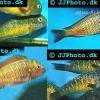 Blunthead
Blunthead 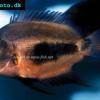 The
The 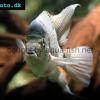 White
White  Twoband
Twoband 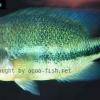 Vieja
Vieja  Window
Window 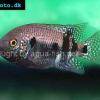 Southern
Southern  Tailbar
Tailbar  Black
Black 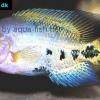 Redhead
Redhead 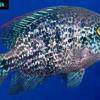 Oaxaca
Oaxaca  Xenotilapia
Xenotilapia